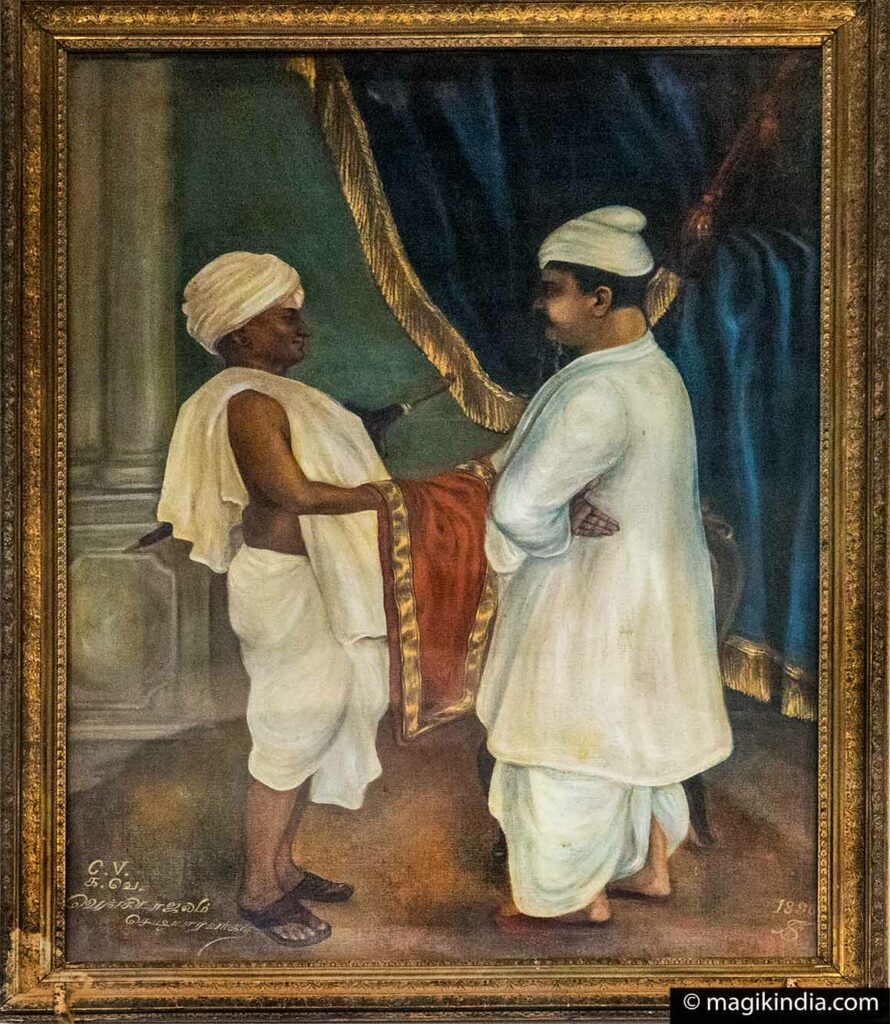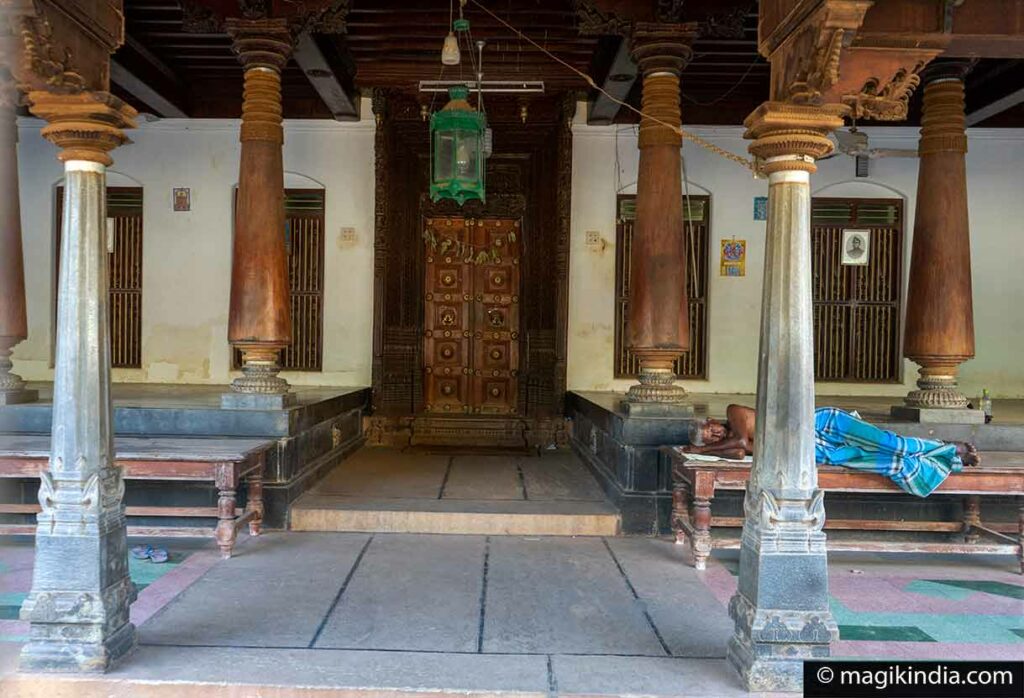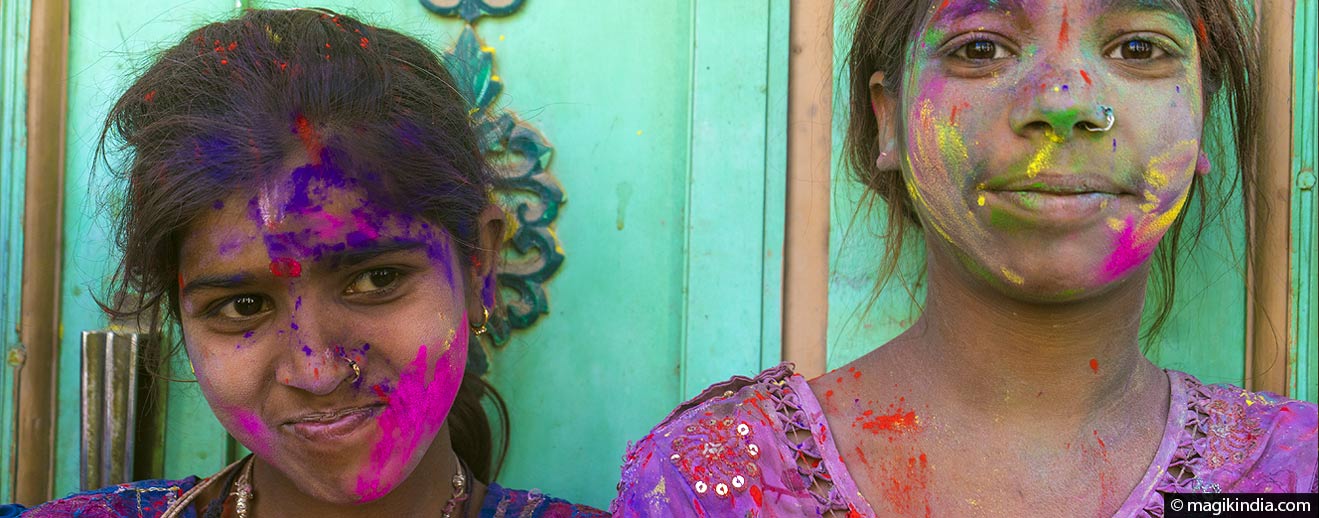
Chettinad, the forgotten splendour of Tamil Nadu
Chettinad must be the most surprising part of Tamil Nadu. In the 19th century, rich merchants, the “Chettiar“, built palatial houses here in a daring and harmonious blend of Eastern and Western styles. This is unique architecture with a charm of its own, inviting travellers to stop awhile for a taste of culture.

Chettinad is an area of 1550km² in Sivagangai district in southern Tamil Nadu. It encompasses 73 villages, with Karaikudi as its capital.
Chettinad is the homeland of the Nattukottai Chettiar, a merchant community who in the 19th century prospered in trade and banking, their business reaching right across Southeast Asia.

The Chettiars displayed their wealth in the form of splendid little palaces. There are about 10,000 of these dotted around Chettinad. Most are in a state of neglect; only about a dozen can be visited and some have been converted into bijou hotels.

Architecture of the Palaces of Chettinad

These houses were all built on the same model and according to the rules of vastu shastra, the traditional Indian science of architecture. But the Chettiars incorporated various influences they had brought home from their constant travels. The result is a very particular architectural style and atmosphere.

On the ground floor, generally, the architecture of the Chettinad palaces is typically Tamil.
The front of traditional Tamil Nadu houses always features a “thinnai”, that is, a raised street veranda used for social functions. The front door opens onto a large hall or / and a large courtyard with a pluvarium in its center. The bedrooms and different rooms are distributed all around.

On the upper floors, the Chettinad mansions display Western architectural elements illustrated by colonnades, cornices, balustrades, stained glass, Gothic windows, etc.

The building materials, decoration and furniture were mostly imported from East Asia or Europe : Crystal chandeliers from Belgium, ceramics from Japan, marble from Italy, teak wood from Burma, among others.

World War II destroyed the Chettiars’ business economy. Many emigrated to Sri Lanka, Burma or Malaysia in search of new business prospects. Chettinad fell into obscurity, and few have been interested in investing to restore the past splendour of these homes.

However, French architects Michel Adment and Bernard Dragon have taken up the challenge. In 2010 they tastefully restored the former home of Subramanian Chettiar, turning it into a boutique hotel called Saratha Vilas. They have also founded an association called ARCHE-S, whose aim is to preserve and promote the natural and cultural heritage of the Chettinad region.
Let’s hope that the region can work its charms on the authorities so that these forgotten palaces will at last be internationally recognised and protected.

Other attractions in Chettinad
Sari weaving workshop in Kadiapatti

Chettinad saris, or Kandaangi saris, are famed for their extensive use of colours, contrasting tints and patterns stripes. They tend to be thicker and more durable than many saris. They used to be wound round the body without any other garment. Originally they were shorter in lengh with the deliberate aim was to let the women show off their ankle.

Ayyanar temples

While visiting the Chettinad region, you will surely come across these friendly smiling terracotta horses; they are traditional votive offerings in Ayyanar temples. Ayyanar is the god who protects the villagers against agricultural calamities.

Athangudi glazed tiles

Attangudi or Athangudi is a small Chettinad village famous for the decorative tiles manufactured there. They are handmade and painted with traditional patterns. They were used to decorate the Chettiar palaces.
Chettinad cooking

Chettinad is also famous as the home of South India’s spiciest and most aromatic food. It uses a wide range of freshly-ground spices. This is non-vegetarian cuisine, making ample use of fish, seafood, chicken and mutton. Most dishes are accompanied with rice, dosas, appams, idiyappams or idlis.







O.k. chettinad is certainly a place not to be missed for architecture lovers, but from what I see on websites, it is not possible to enter those wonders, you can only see from exterior. I would be very disappointed because you cannot take photos as your souvenir. Thanks
some are open to public
Does Chettinad retain these palatial houses even today or the town has changed,
Yes they still have palaces but only a few of them are renovated and maintained
Did you visit weaving clusters in Chettinad? If so can you guide on how to reach there.
Hi Archa, thanks for your message, yes you can find weaving clusters in Dindugul, Chettinad 🙂
Thanks for your response.
You are most welcome 🙂